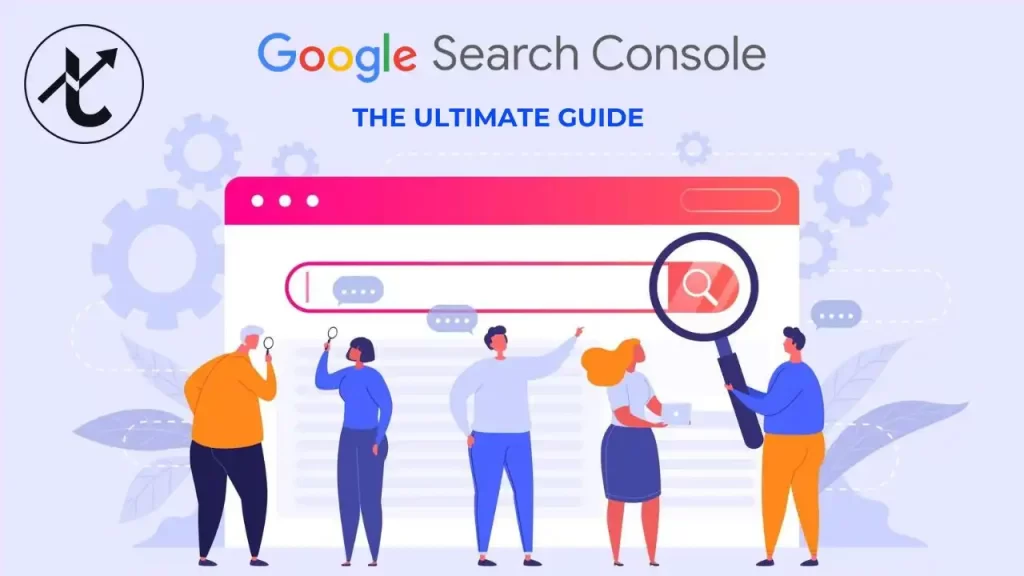Want your website to shine on Google’s first page? You’re not alone! Small businesses, bloggers, and website owners are always looking for ways to improve their Google ranking service results. The secret lies in two powerful strategies: on-page SEO optimization and SEO keyword research service. These techniques can make your website more visible, attract the right audience, and grow your SEO for small business without needing a huge budget. In this blog, we’ll break down seven simple, practical steps to boost your Google rankings with on-page SEO optimization and SEO keyword research service. Let’s dive in!
What Is On-Page SEO and Why It Matters for Google Rankings
On-page SEO optimization is all about making changes directly on your website to help it rank higher on Google. Unlike off-page SEO (like backlinks), on-page SEO focuses on things you can control, like content, images, and website structure. It’s a key part of any Google ranking service because it tells search engines what your page is about and why it deserves to rank.
Why does it matter? Google wants to show users the most relevant and useful websites. By optimizing your pages with SEO for small business, you make it easier for Google to understand your content and match it to what people are searching for. Simple tweaks like using the right keywords, writing clear content, and improving site speed can make a big difference.
For example, a small bakery could use on-page SEO optimization to rank higher for searches like “best cupcakes near me.” By focusing on the right elements, you can attract more local customers and grow your business.
Mastering SEO Keyword Research Service for Better Rankings
The foundation of any Google ranking service is SEO keyword research service. Keywords are the words or phrases people type into Google when looking for something. Finding the right keywords helps you create content that matches what your audience is searching for.
Here’s how to do it:
- Use keyword tools: Tools like Google Keyword Planner, Ahrefs, or SEMrush can show you popular keywords in your niche. Look for keywords with decent search volume but low competition, especially for SEO for small business.
- Focus on long-tail keywords: These are longer phrases like “affordable SEO for small business” instead of just “SEO.” They’re easier to rank for and attract more specific visitors.
- Analyze competitors: Check what keywords your competitors rank for. If they’re doing well, you can target similar keywords with better content.
For instance, a small business selling handmade soap could target “organic handmade soap for sensitive skin” instead of just “soap.” This specific keyword is easier to rank for and brings in customers who are more likely to buy.
Spend time researching keywords, and you’ll have a roadmap for creating content that boosts your Google ranking service efforts.
Optimize Your Page Titles and Meta Descriptions for Google Ranking Service
Your page title and meta description are like the front door to your website. They’re often the first things people see in Google search results, so they need to grab attention and include your SEO keyword research service findings.
- Page titles: Keep them under 60 characters and include your main keyword. For example, “Best SEO for Small Business: Tips to Rank Higher” is clear and keyword-focused.
- Meta descriptions: Write a short summary (under 160 characters) that describes your page and includes keywords like on-page SEO optimization. For example, “Learn on-page SEO optimization tips to boost your Google rankings with our SEO keyword research service.”
A small business owner running a pet store could use a title like “Top Pet Supplies for Dogs | SEO for Small Business” and a meta description like “Discover affordable pet supplies with our on-page SEO optimization tips to rank higher on Google.” These small changes can improve click-through rates and rankings.
Craft High-Quality Content with On-Page SEO Optimization
Content is king when it comes to Google ranking service. Google loves websites that provide valuable, easy-to-read information. Your content should answer questions, solve problems, or entertain your audience while using on-page SEO optimization.
Here’s how to create great content:
- Use keywords naturally: Sprinkle your SEO keyword research service keywords throughout your content, but don’t overdo it. Aim for a keyword density of 1-2% (about 1-2 keywords per 100 words).
- Write for humans, not robots: Make your content engaging and easy to read. Use short sentences, simple words, and clear examples.
- Add visuals: Include images, videos, or infographics to make your content more appealing. Optimize images with descriptive file names and alt text, like “on-page-SEO-optimization-tips.jpg.”
For example, a small business offering yoga classes could write a blog post titled “5 Yoga Poses for Beginners with On-Page SEO Optimization.” The post could explain each pose, use keywords like SEO for small business, and include images with proper alt text.
High-quality content keeps visitors on your site longer, which signals to Google that your page is valuable, boosting your rankings.
Use Headers and Keywords to Boost SEO for Small Business
Headers (like H1, H2, and H3 tags) organize your content and make it easier for Google to understand. They also improve readability for visitors, which is key for SEO for small business.
- H1 tag: Use your main keyword in the H1 tag (usually the page title). For example, “How to Boost Google Rankings with On-Page SEO Optimization.”
- H2 and H3 tags: Break your content into sections with subheadings. Include related keywords like SEO keyword research service or Google ranking service. For example, an H2 could be “Why SEO Keyword Research Service Is a Game-Changer.”
- Keep it clear: Make sure headers describe the section clearly. Avoid stuffing them with too many keywords.
A small business running a coffee shop could use headers like:
- H1: “Best Coffee Shop Tips for SEO for Small Business”
- H2: “Using On-Page SEO Optimization to Attract Customers”
- H3: “How SEO Keyword Research Service Finds the Right Keywords”
Well-structured headers help Google and visitors navigate your content, improving your chances of ranking higher.
Improve Site Speed and User Experience for Google Rankings
Google loves fast, user-friendly websites. If your site takes too long to load or is hard to navigate, visitors will leave, and your Google ranking service efforts will suffer. On-page SEO optimization includes making your site fast and easy to use.
Here’s how:
- Speed up your site: Use tools like Google PageSpeed Insights to check your site’s speed. Compress images, use a fast hosting provider, and enable browser caching.
- Make it mobile-friendly: Most people browse on their phones, so ensure your site looks great on mobile devices.
- Improve navigation: Use clear menus and buttons so visitors can find what they need quickly.
For example, a small business selling handmade jewelry could reduce image sizes to speed up their site and add a simple menu with categories like “Necklaces” and “Earrings.” These changes improve user experience and help with SEO for small business.
A faster, user-friendly site keeps visitors happy and signals to Google that your site deserves a higher ranking.
Leverage Internal Linking and URL Structure for On-Page SEO
Internal linking and URL structure are often overlooked but powerful parts of on-page SEO optimization. They help Google understand your site’s structure and keep visitors engaged.
- Internal linking: Link to other pages on your site using relevant anchor text. For example, in a blog post about SEO keyword research service, you could link to a page about “SEO for small business” with anchor text like “learn more about small business SEO.”
- Clean URLs: Use short, descriptive URLs that include your main keyword. For example, “yourwebsite.com/on-page-seo-optimization” is better than “yourwebsite.com/page123.”
- Breadcrumbs: Add breadcrumb navigation (like “Home > Blog > SEO Tips”) to help users and Google navigate your site.
A small business offering cleaning services could link from a blog post about “Cleaning Tips” to a service page about “Deep Cleaning Services” with anchor text like “hire our cleaning team.” This keeps visitors on your site longer and boosts your Google ranking service.
Conclusion: Combine On-Page SEO and Keyword Research for Success
Boosting your Google rankings doesn’t have to be complicated. By combining on-page SEO optimization with a solid SEO keyword research service, you can make your website more visible and attract the right customers. Whether you’re running a small business or a blog, these seven steps—optimizing titles, creating great content, using headers, improving site speed, and more—can help you climb Google’s rankings.
Start small by focusing on SEO for small business and experimenting with one or two strategies. Over time, you’ll see your Google ranking service efforts pay off with more traffic and sales. Ready to get started? Pick one tip from this guide and apply it to your website today!




